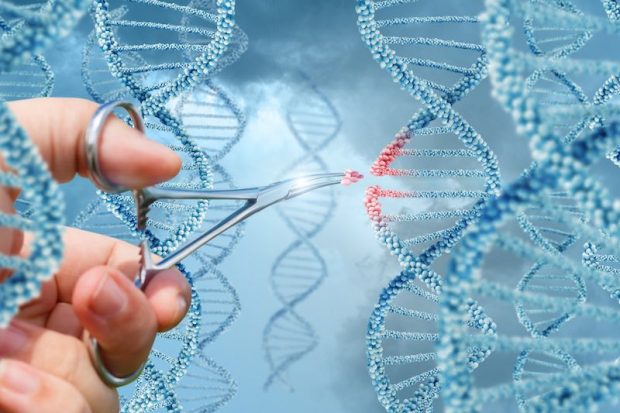Can gene editing have lasting and life-altering effects? For many, the answer is a resounding “Yes!” How will this technology affect society and culture? Will it be used to cure diseases or create designer babies?
Before you know what CRISPR can or cannot do, it is essential to look at some of the basics of this technology. This article will explore how scientists use CRISPR gene editing to treat genetic diseases and how experts may use it in the future.

CRISPR-Explained
CRISPR stands for Clustered Regularly Interspaced Short Palindromic Repeat. The system consists of two components: a protein called Cas9 and a single guide RNA (sgRNA). The sgRNA contains a coding sequence that can bind to a specific location in DNA. This location, or target sequence, will be 20 base pairs long from one end of the coding region to another. When this occurs, it causes two critical events that result in gene editing:
-
- Cutting out unwanted sections of the genome,
- Inserting new genetic sequences into an organism.
These techniques allow specific genes within living cells to be turned off, deleted, or completely replaced.
How Does CRISPR Work?
CRISPR-Cas9 is a protein complex that acts as a pair of “molecular scissors” to cut DNA in a targeted area. You can use the system to insert new genetic sequences at the location where the cut is made. This process is called homology-directed repair (HDR).
Suppose an organism has two copies of every chromosome (one copy from each parent). In that case, it will have two target sites for CRISPR editing (the cell needs to match up the ends of the double-stranded break introduced by Cas9, so there will always be two identical 20 bp target regions on opposite sides of the cut site).
If an organism only has one copy of every chromosome (a haploid), it will only have one target site for CRISPR gene editing.
CRISPR works by creating a break in both strands of the DNA at the targeted location. It is important to note that this break is not just anywhere in the genome but rather occurs at a specific 20 base pairs long sequence. So, there are no errors when repairing the DNA strand after editing has occurred.
Once this system has created a double-stranded break, existing cellular repair mechanisms come into play which either fixes or delete the faulty sequence. The cell also initiates apoptosis, also known as programmed cell death.
How Does CRISPR Create Targeted Genetic Edits?
The CRISPR-Cas9 system can edit any 20 base pair long sequence. However, researchers are still trying to determine which sequences are “druggable.” While not druggable themselves, these sequences may activate or repress genes with the addition of specific chemical modifiers.
CRISPR is not without its limitations, however. For example, Cas9 will naturally cut both strands of the DNA helix at the target site. So, there must be an RNA-DNA complementary sequence on either side of the cut site for a double-stranded break to form and for gene editing to occur.
If there is no RNA-DNA complementary sequence for Cas9 to recognize, it will cut just one strand of DNA. This process produces a single-stranded break which usually results in the non-homologous end-joining (NHEJ). NHEJ uses cellular mechanisms to rejoin both strands of DNA without inserting or deleting any genetic information.
Wrapping Up
CRISPR gene editing allows scientists to cut and edit pieces of DNA at specific locations in the genome. The acronym was coined by researchers studying mechanisms bacteria use for self-defense.
Read More:
10 Benefits of healthcare and aesthetic treatments

